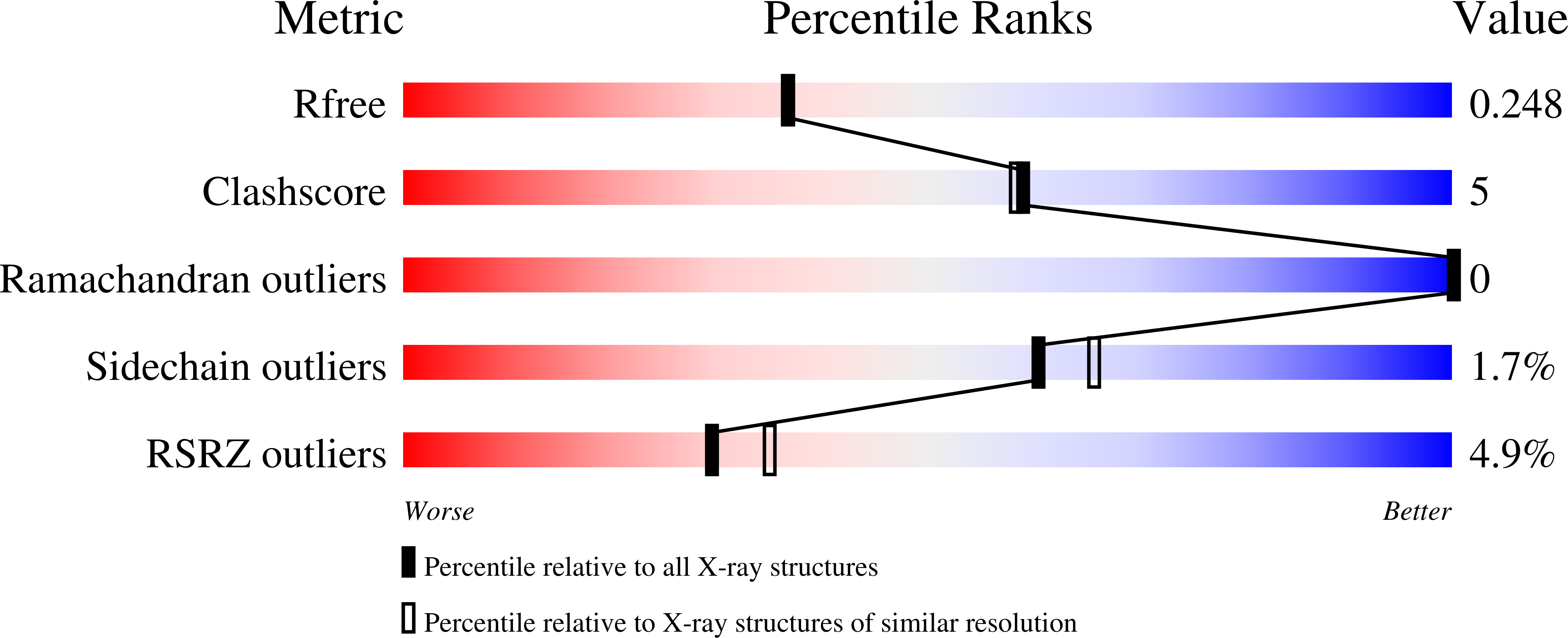
Deposition Date
2020-05-07
Release Date
2021-03-17
Last Version Date
2023-10-18
Entry Detail
PDB ID:
6WVW
Keywords:
Title:
Crystal structure of the R59P-SNAP25 containing SNARE complex
Biological Source:
Source Organism:
Rattus norvegicus (Taxon ID: 10116)
Host Organism:
Method Details:
Experimental Method:
Resolution:
2.11 Å
R-Value Free:
0.24
R-Value Work:
0.20
Space Group:
P 1 21 1


